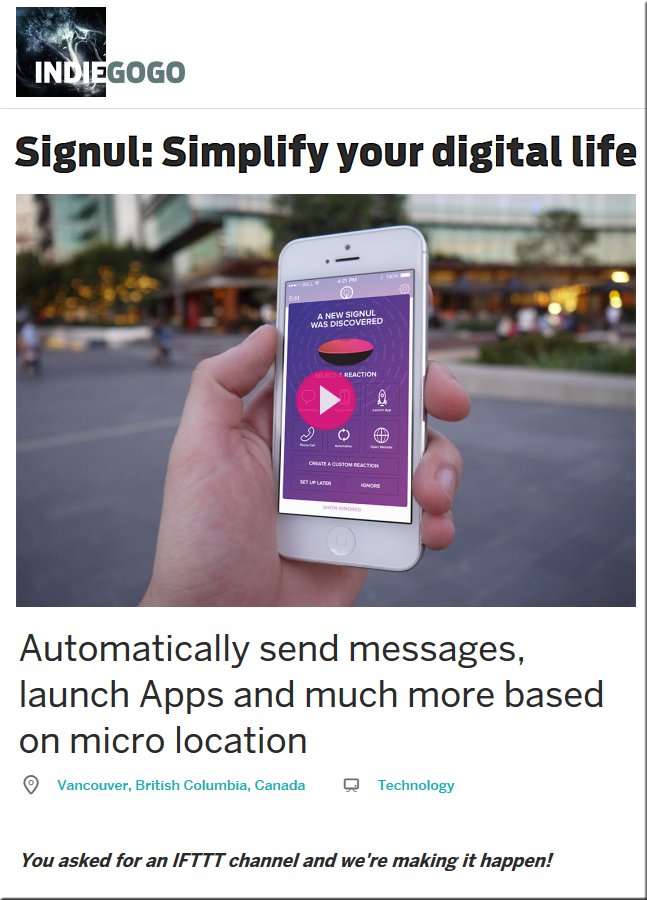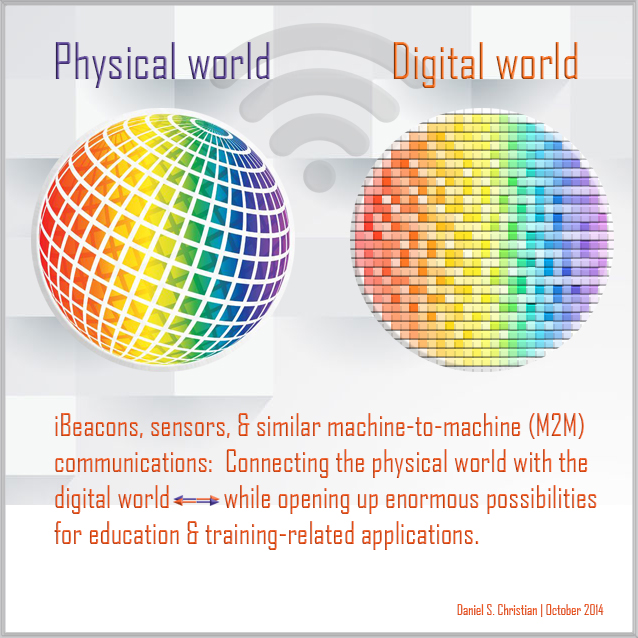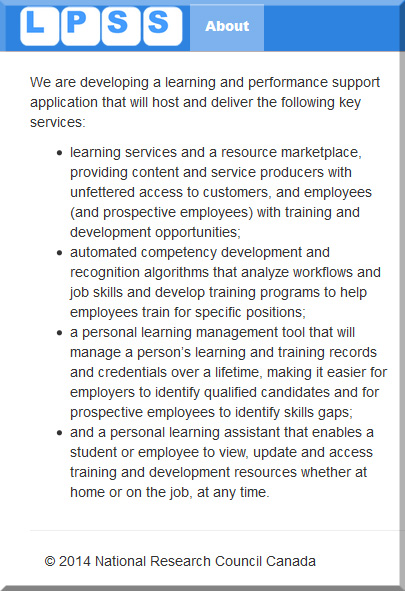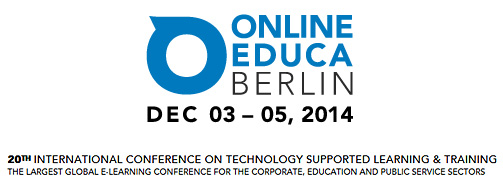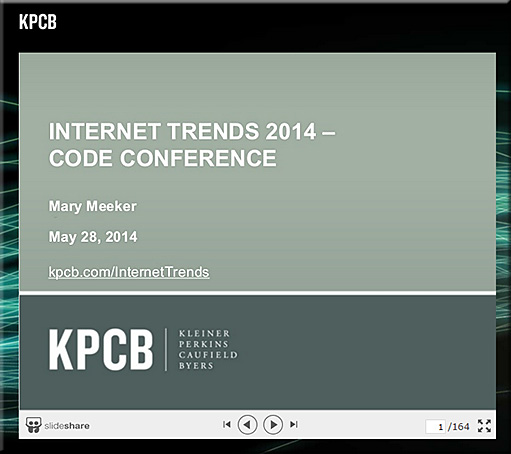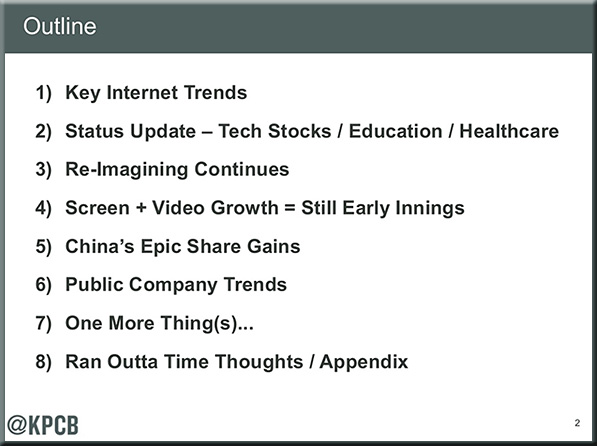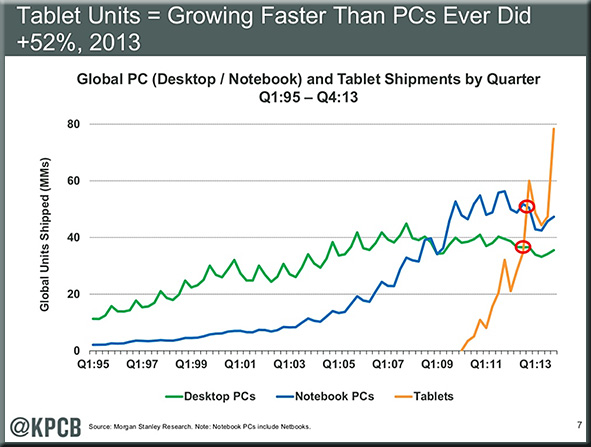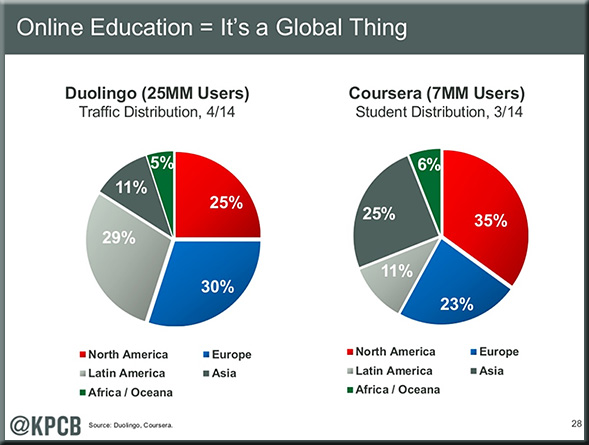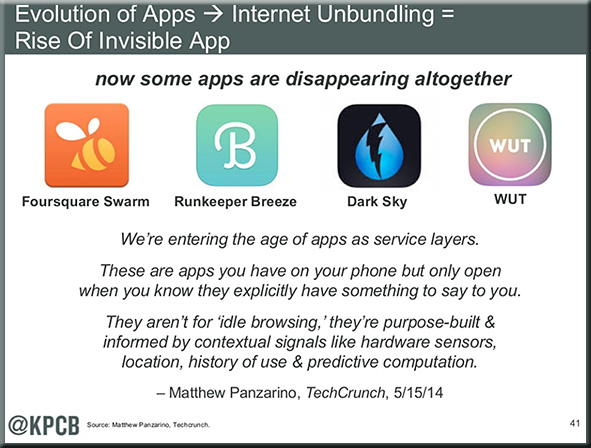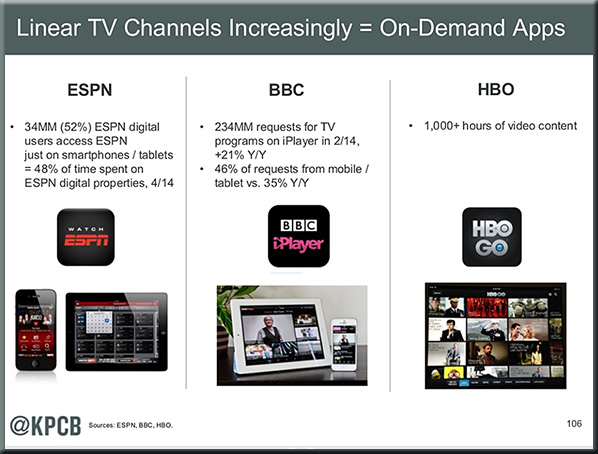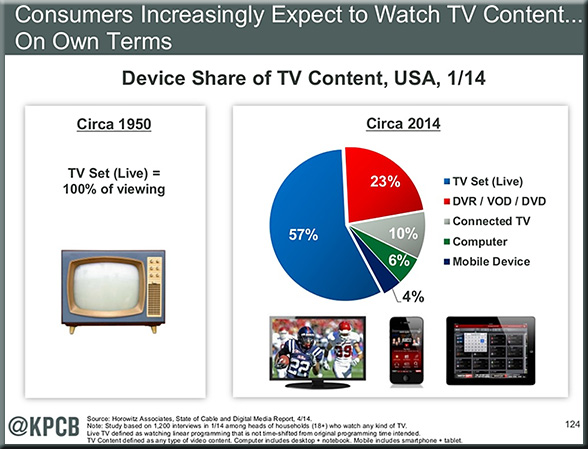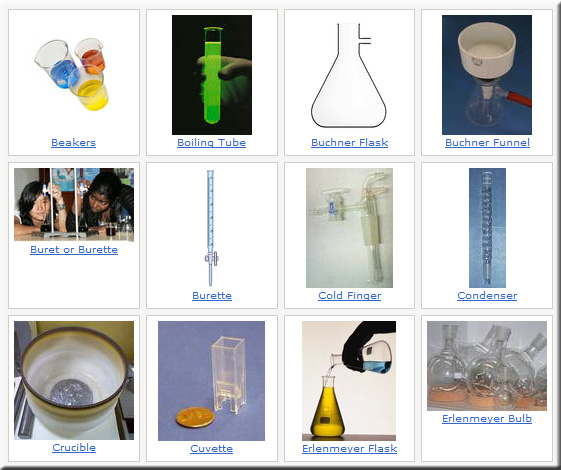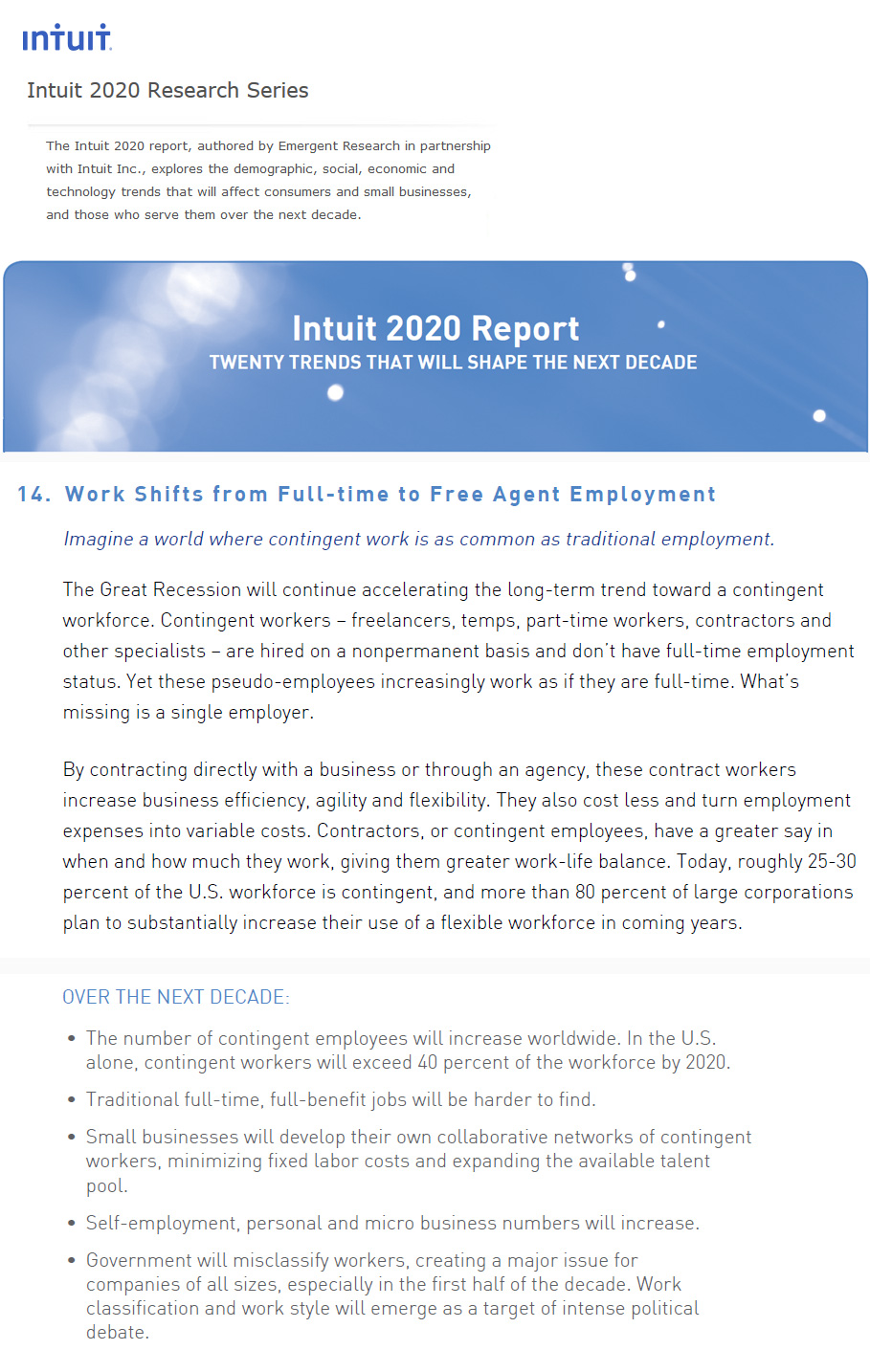Post #1: How to keep your university’s doors open — from linkedin.com by Amrit Ahluwalia
Excerpt:
Over the course of this three-part series, I will address three foundational questions that lay the groundwork for any discussion around improving operational efficiency in higher ed:
- Why is efficiency critical for today’s colleges and universities?
- What is efficiency and what are its impacts?
- How can institutions become more efficient?
So, first things first: why should postsecondary administrators even be thinking about efficiency?
Excerpt (emphasis DSC):
The benefits to making these kinds of changes are innumerable. As a starting point, improving operational efficiency helps colleges and universities transform into nimble and responsive organizations, facilitating their expansion into new marketplaces.
Excerpt (emphasis DSC):
Despite the tendency for higher education to be slow-moving, today’s market realities demand action, change and transformation.
…
Creating a roadmap to improving efficiency can be a challenge, though. From my perspective, what’s needed is a culture change that permeates every level of the institution.
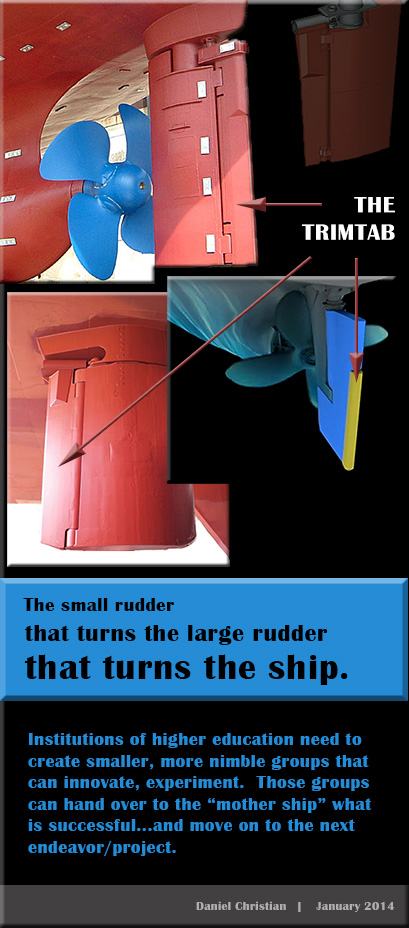
Addendum on 1/12/15:
From DSC:
We/you don’t want to be looking like this!
Thomas Browning Rose captures a bleak, abandoned college
.

Thomas Browning Rose: Rolle College
.











